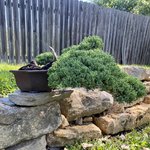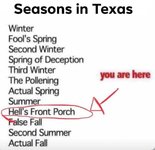hemmy
Omono
During stretches of 100F+ summer heat, is there pruning work that could be done on juniper, deciduous, and broadleaf evergreens?
Obviously in some places, those temps are just called “summer” and I guess the work must go on. Although stressing the tree through wound healing or foliage mass loss might be compounded during heat waves. I’ve seen 94F cited as the point where photosynthesis slows down.
Obviously in some places, those temps are just called “summer” and I guess the work must go on. Although stressing the tree through wound healing or foliage mass loss might be compounded during heat waves. I’ve seen 94F cited as the point where photosynthesis slows down.


